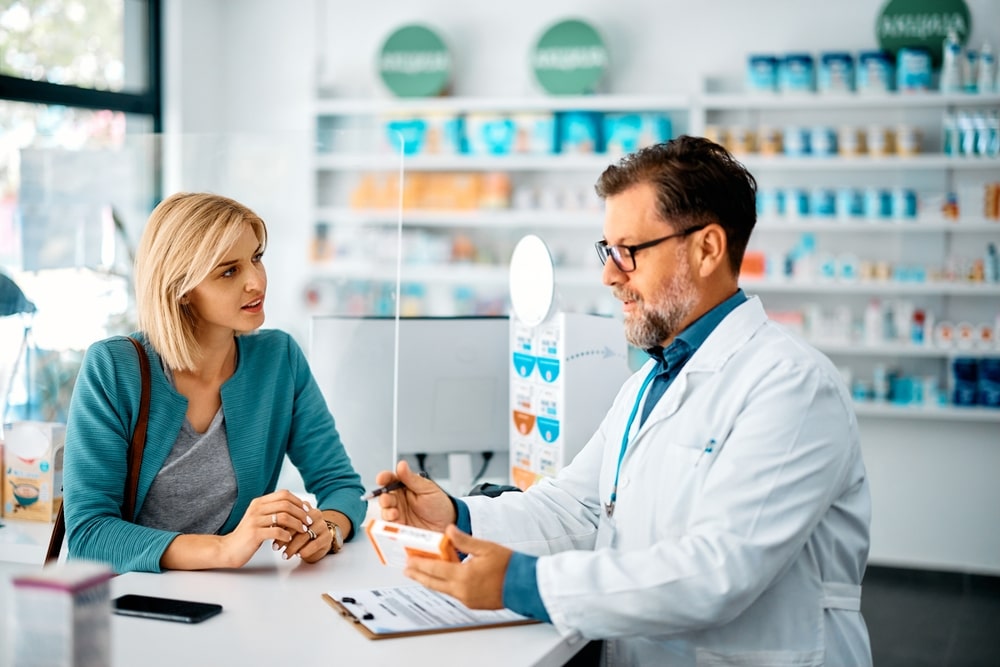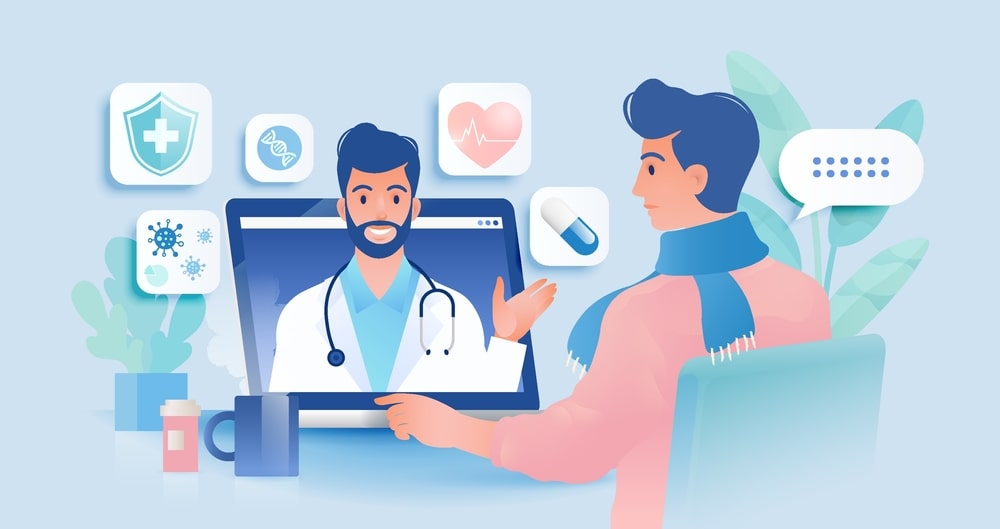Communication skills in pharmacy are the abilities you see when giving and receiving different kinds of information. Communication skills involve careful listening, close observation, questioning, explaining, and empathizing.
It also helps to understand the differences in how to communicate through face-to-face interactions, phone conversations, and digital communications.
Types of Communications
Communications are divided into two types. They are:
- Verbal communications.
- Non-verbal communications.
1. Verbal Communications
Verbal communications are purely linguistic elements of messages. They occur through the meaning of words that may be spoken or written.
The clarity of communication depends on the rate of speech. Hence a good verbal speech gives the patient time to think about what is being said. This depends upon:
- Questioning
- Listening
- Explaining.
- Pitch, volume
- Ascent and speech.
Medicine and pharmacy are shared professional languages that use Greek and Latin terms which may be different from everyday terms with the same meaning.
Hence choosing appropriate terms is important to both communicate effectively and to convey suitable verbal messages.
Differencing in pronouncing can lead to fatal errors. Hence pharmacists have an important role in promoting, teaching, and standardisation.
All communications include tone, pitch, volume, ascent, and speech etc.
Tone conveys the feelings and attitudes of the person speaking. It should be caring and assuring.
The clarity of communication depends on the rate of speech. Volume should be ideal and should not be too high or too low.
2. Non-verbal communication
Non–verbal communication consists of meanings that are conveyed through body language and facial expressions.
Showing Empathy which is the ability to see the world through another person’s eyes and perceive his or her emotions is an important step in non-verbal communication.
The rate of speech gives clarity to the subject.
Communication Skills with Patients
They include
- Medication history interviews.
- Labeling of medicines.
- Patient information leaflets.
- Contents/patient medication sheets.
- Closing the session.

a) Medication History Interviews
It is defined as the identification of suitable treatment for treating the patients. A well-prepared approach helps to obtain complete information and avoid omissions. The information commonly recorded is:
- Currently prescribed medicines.
- OTC medication.
- Vaccinations
- Traditional or alternative remedies.
- Allergic reactions.
- Adherence to past treatments etc.
This information is then compared with the medicines given to the patients.
b) Labelling of the Medicines
Labeling of medicines can help in the identification of medicines and help in the effective and safe usage of the medicine.
They mainly help in,
- Patient name identification.
- Name of medications used.
- Dosage form, strength, frequency.
- Date of dispensing
- Batch numbers, expiry date, etc.
c) Patient Information Leaflets
PILs are information leaflets containing messages about medical conditions, doses, side effects, and user information about the product. It mainly contains product monograph and helps in:
- Trade/generic name identification.
- Indications
- Precautions
- Administration advice
- Packing and storage conditions
- Interactions indications
- Address of the manufacturers etc.
d) Patient Medication Sheets
They are helpful when patients are taking several medications. They mainly give information about
- Purpose of medication.
- Dosage timing
- When to stop the treatment
- Special advice if any. Etc
e) Closing The Session
Before closing the session pharmacist must follow up on what the patient has understood through various communications. This is done by
- Summary
- Feedback questions
- Address for communications etc.
Make sure you also check our other amazing Article on: Management of ADR
